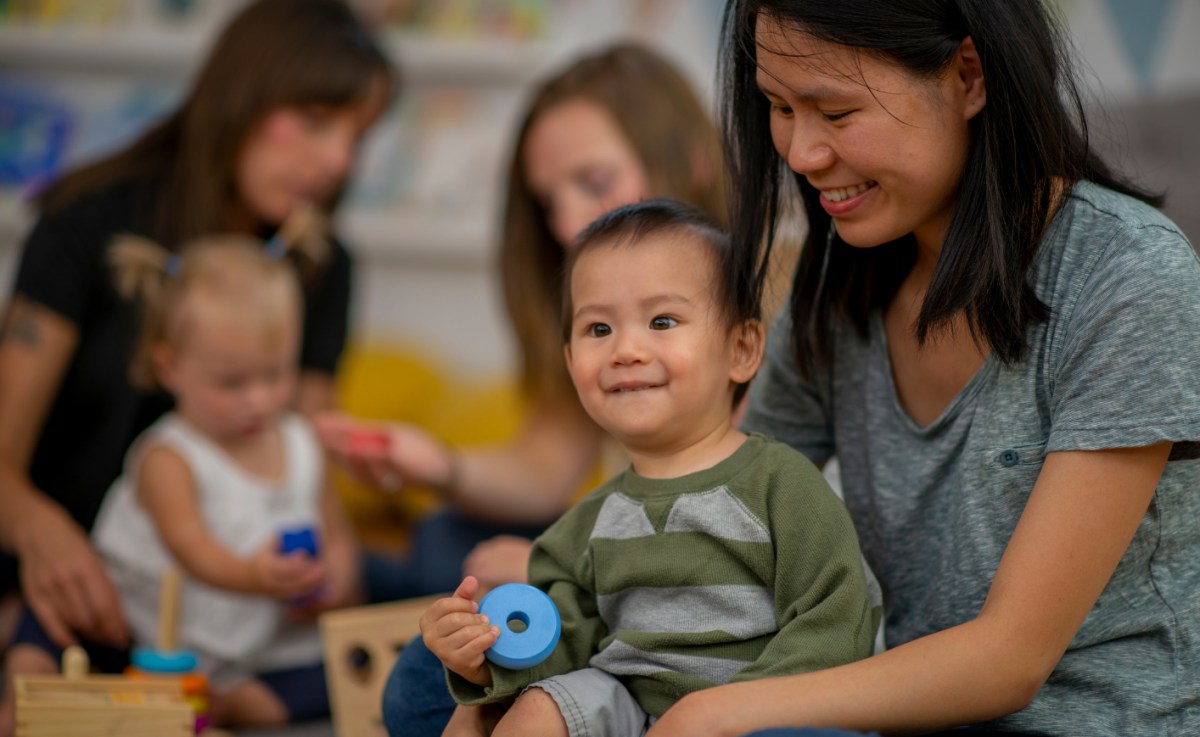Diabetes mellitus in children is a condition that must be monitored, especially for children who are at risk of developing diabetes. Some of the symptoms and how to deal with them will be discussed in the following article.
The number of children with diabetes mellitus (DM) is increasing worldwide in industrial and developing countries. There are 2 types of diabetes mellitus, Type 1 and 2. Type 1 diabetes in children is a condition in which your child's body no longer produces an important hormone (insulin). Your child needs insulin to survive, so the missing insulin needs to be replaced with injections or with an insulin pump. Type 1 diabetes in children used to be known as juvenile diabetes or insulin-dependent diabetes. There's no cure for type 1 diabetes in children, but it can be managed. Advances in blood sugar monitoring and insulin delivery have improved blood sugar management and quality of life for children with type 1 diabetes.
Causes
The exact cause of type 1 diabetes is unknown. But in most people with type 1 diabetes, the body's immune system — which normally fights harmful bacteria and viruses — mistakenly destroys insulin-producing (islet) cells in the pancreas. Genetics and environmental factors appear to play a role in this process.
Risk factors
Type 1 diabetes most often occurs in children but can occur at any age. Risk factors for type 1 diabetes in children include:
- Family history. Anyone with a parent or siblings with type 1 diabetes has a slightly increased risk of developing the condition.
- Certain genes indicate an increased risk of type 1 diabetes.
- In the United States, type 1 diabetes is more common among white children of non-Hispanic descent than among children of other races.
- Certain viruses. Exposure to various viruses may trigger the autoimmune destruction of the islet cells.
Diagnosis
There are several blood tests for type 1 diabetes in children. These tests are used to diagnose diabetes and monitor diabetes management:
- Random blood sugar test. This is the primary screening test for type 1 diabetes. A blood sample is taken at a random time. A blood sugar level of 200 milligrams per deciliter (mg/dL), or 11.1 millimoles per liter (mmol/L), or higher, along with symptoms, suggests diabetes
- Glycated hemoglobin (A1C) test. This test indicates your child's average blood sugar level for the past 3 months. An A1C level of 6.5% or higher on two separate tests indicates diabetes
- Fasting blood sugar test. A blood sample is taken after your child hasn't eaten (fasted) for at least 8 hours or overnight. A fasting blood sugar level of 126 mg/dL (7.0 mmol/L) or higher suggests type 1 diabetes
Prevention
There's currently no known way to prevent type 1 diabetes, but this is a very active area of research. The antibodies associated with type 1 diabetes in children who have a high risk of the disorder can be detected months or even years before the first symptoms of type 1 diabetes appear. Researchers are working on:
- Preventing type 1 diabetes in people who have a high risk of the disease
- Healthy eating: vegetables, fruits, learn about protein nutrition
- Makes the child have a physical activity
- Preventing further destruction of the islet cells in people who are newly diagnosed
For monitoring blood sugar in children, PT Isotekindo Intertama has a special product, namely Multisure GK Blood Glucose and Ketone Monitoring System. Multisure GK Blood Glucose and Ketone Monitoring System offer a quick and easy way to test for glucose and ketone bodies in the blood using separate test strips and determine the immediate risk for DKA (Diabetic Keto Acidosis).
There are features and benefits of the Multisure GK Blood Glucose and Ketone Monitoring System:
- Short time testing: Multisure GK Blood Glucose and Ketone Monitoring System it only takes 5 seconds for the glucose test and 8 seconds for the ketone test, so the testing time is efficient
- 2 in 1 parameter: Inspection costs are cheaper & practical directly for 2 tests, namely glucose & ketones
- Hematocrit range is wide: Can be used for children because of their higher reading range
Let's prevent diabetes in children with regular blood sugar control using Multisure GK Blood Glucose and Ketone Monitoring System.
References:
- Insert Pack Multisure GK Blood Glucose dan Ketone Monitoring System
- Mayo Clinic (2020). Type 1 diabetes in children
- Mayo Clinic (2020). Mayo Clinic Guide to Raising a Healthy Child







